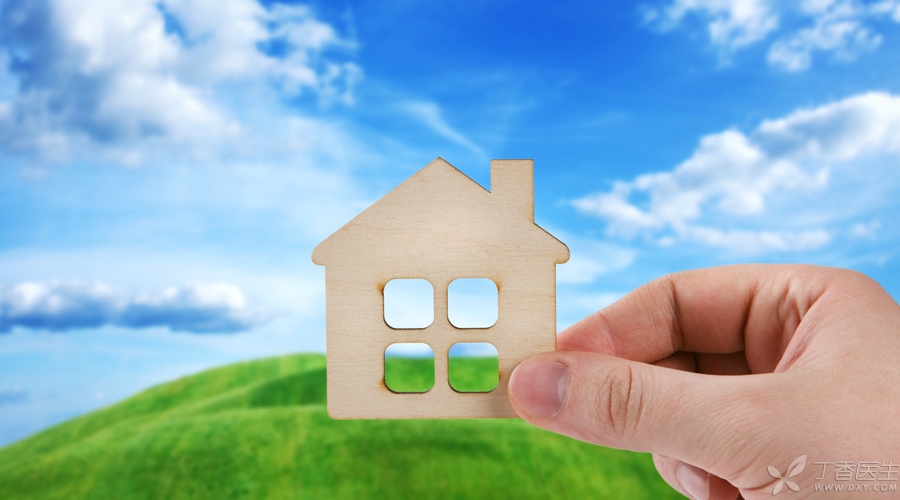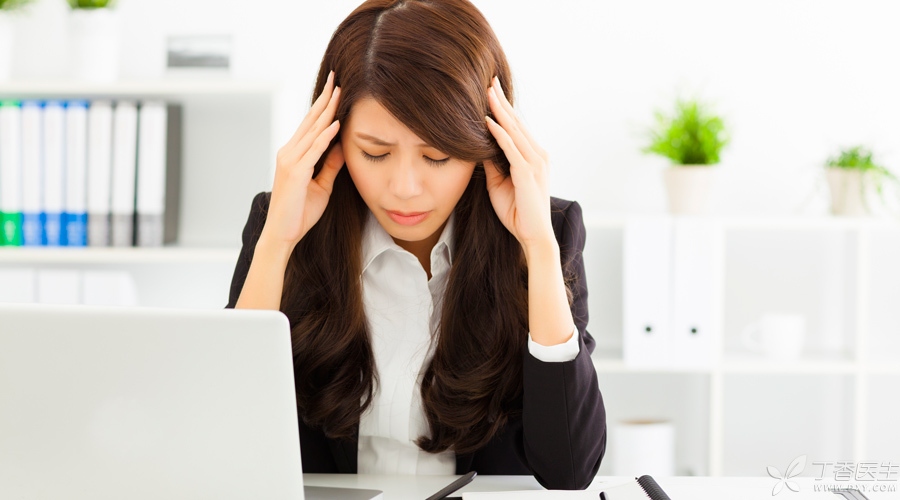
You may have had such experiences:
Sneezing incessantly as soon as you get home, or headache, drowsiness and weakness of limbs as soon as you get to the office.
Do you think someone misses you when sneezing? Or are you extremely anxious about your poor working condition?
Watch out! This may be the [sick] house affecting your health.
What? The house will also get sick?
Yes.
When the living conditions of a building are not up to standard, for example, the house is too hot, the lighting is not enough, there is not enough fresh air, the smell in the house is pungent, etc., these buildings that make people live uncomfortably are [sick] buildings, which we call bad buildings or sick buildings.
These [sick] buildings can [infect] diseases and bring various discomfort to people. Moreover, these discomfort has an obvious characteristic: as long as people leave the [sick] building, the symptoms can be significantly reduced or disappeared.
These symptoms caused by [sick] bad buildings [infection] are called Sick Building Syndrome (SBS), also called sick building syndrome, office disease, etc.
Am I infected?
How do you judge that you are infected by the [sick] house? We can check ourselves against the following points.
If you have these uncomfortable conditions in a building:
- Eyes, nose and throat feel irritating and uncomfortable, and mouth is easy to dry. Skin allergy, such as skin itching, rash, etc.; Dizziness, headache, fatigue and fatigue, feeling sleepy; Chest tightness, dyspnea, nausea, vomiting, etc.
Moreover, after leaving the building, these symptoms have obviously improved or disappeared. If family members and colleagues who live and work together in the house have similar manifestations, after excluding diseases caused by other factors, they can be basically diagnosed as being [infected] by the [sick] house and suffering from bad building syndrome.

I have been infected. What should I do?
If you have been infected, don’t worry about bad building syndrome.
First of all, to maintain a good state of mind, bad building syndrome is easy to treat. As long as you leave this [sick] house, go out for a walk and take a breath of fresh air, all kinds of uncomfortable feelings will obviously improve or even disappear completely.
Need to remind everyone to pay attention to, if the symptoms still do not relieve after leaving the sick house, then it is time to go to the hospital. You can see a doctor according to your symptoms, for example, skin itching can see a dermatologist, dizziness and headache can go to a general internal medicine doctor, if the symptoms are related to buildings, remember to tell the doctor, help the doctor to judge the cause.
At the same time, it is necessary to treat the symptoms and root causes. Knowing that the house is [sick], it is necessary to carry out corresponding management on the [sick] house so that the people in the house can live and work at ease.
The house [illness] is focused on the root cause.
For bad building syndrome, the focus is on the root cause.
We can take the following measures to prevent the house [from getting sick] and to [treat] the house [from getting sick]:
- Increase the ventilation of houses, for example, you can open more windows for ventilation and install ventilation fans. Remove factors that may cause allergies and diseases, such as cleaning carpets and air conditioning systems; Use safe and reliable building materials, and choose green and environment-friendly building materials that meet national standards; Improve the temperature, humidity and lighting of the house.
Among them, insufficient ventilation is the primary factor causing adverse building syndrome, so we should first consider improving the ventilation function of houses.
Some people may ask:
What if the house in my office [gets sick] and makes me uncomfortable, but the boss is stingy and does not treat the house?
Well, for your health, you know the answer.
